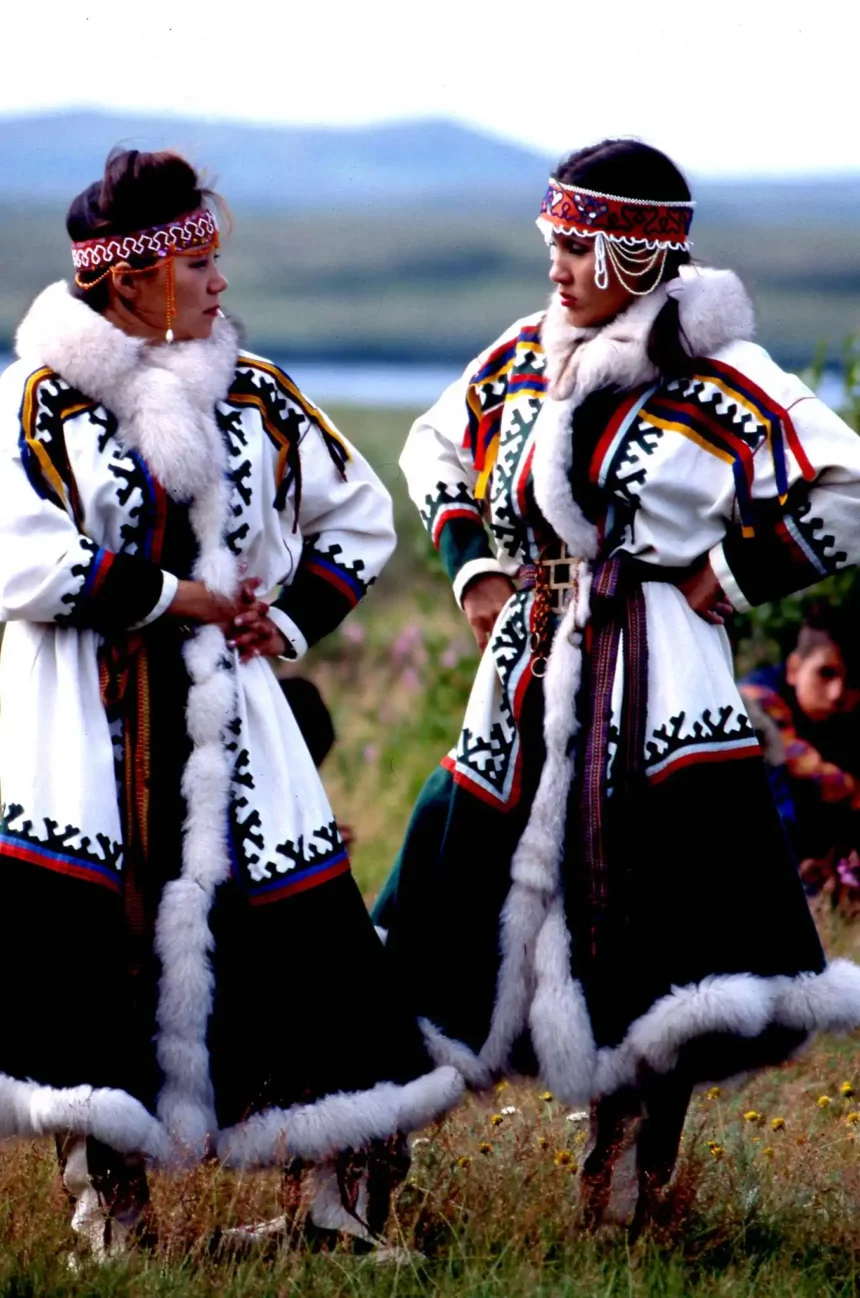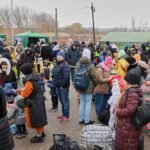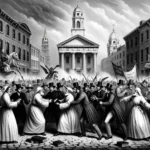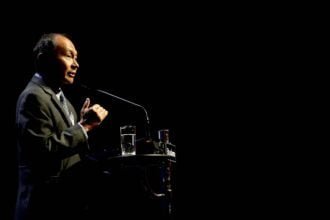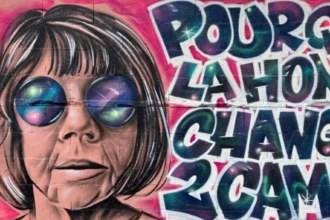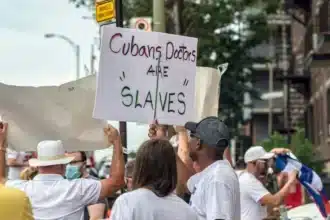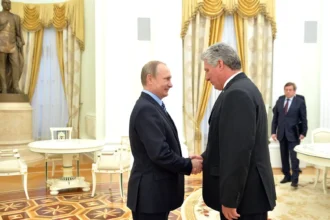The influence of military activities on Russia’s indigenous peoples has become a significant focus in the nation’s political discourse. Recent in-depth investigations have unearthed stories about these communities that have long been hidden. Amid the current political turbulence, the issue of indigenous rights is gaining attention as these groups face challenges with implications that extend well beyond their immediate environment.
As the nation steered its course, the ripple effects of its decisions began to touch even the most remote corners. These communities, steeped in tradition and history, suddenly found themselves grappling with the implications of a broader national agenda. The mobilization, while strategic on the surface, bore consequences that reached the heart of these indigenous societies.
The unfolding events painted a picture of a nation in flux. Yet, for the indigenous communities, it was more than just a political shift. It was a tectonic change that threatened to disrupt their age-old way of life, casting them into uncharted waters. The story of their resilience and adaptability in the face of such challenges is one that deserves to be told and understood.
Mobilization: Numbers and Aims
As the dust settled on the newly enacted laws, a clearer picture began to emerge. Official statements projected a mobilization of around 300,000 individuals. However, digging deeper revealed a different story. Some sources hinted at a number closer to a staggering 1,000,000. Such a vast difference wasn’t just a matter of statistics; it represented countless lives impacted.
So, what drove this massive mobilization? On the surface, the primary objective appeared clear: to control and defend annexed territories in Ukraine. Yet, beyond this strategic goal, lay a myriad of complexities.
For many, the numbers raised eyebrows and questions. Why such a large-scale mobilization? Were there underlying objectives not shared with the public? As these questions swirled, one fact remained undeniable. The indigenous communities, often overlooked in the grand scheme of things, found themselves squarely in the crosshairs.
Indeed, the scale of the mobilization meant that no community remained untouched. From bustling urban centers to the serene landscapes inhabited by indigenous groups, the call to mobilize echoed. And as the nation responded, it became evident that the implications of this decision would resonate for years to come.
Indigenous Communities: Caught in the Crossfire
Transitioning from the broader national perspective, a more localized view reveals stark realities. Indigenous communities, with their unique lifestyles and traditions, suddenly found themselves grappling with the repercussions of a national directive. The vast landscapes they inhabit, often distant from urban centers, became arenas of unexpected change.
In the midst of this, stories from places like Tiumenevo began to surface. Reports indicated that entire villages saw the mobilization of all their men. This wasn’t an isolated incident. Similar tales emerged from other regions, painting a picture of widespread disruption.
Imagine the scenario: communities that have thrived on age-old traditions, suddenly stripped of their key members. The men, who play pivotal roles in various community functions, were now absent. This left a void, challenging the very fabric of these societies.
The question then arises: Was there a consideration of the unique dynamics of these communities? The evidence suggests otherwise. The indiscriminate nature of the mobilization seemed to overlook the nuances of indigenous life. This oversight not only posed immediate challenges but also threatened the long-term preservation of their rich cultural heritage.
The Cultural Cost of War
War and political maneuvers often come with a price. Beyond the evident economic and political costs, there’s a cultural toll that’s frequently overlooked. For Russia’s indigenous communities, this cost became all too real in the wake of the massive mobilization.
Interactions with community leaders and members shed light on the depth of the issue. Individuals like Uliana Vinokurova voiced concerns that went beyond mere numbers. The heart of the matter was the potential erosion of centuries-old traditions and practices.
Beyond the evident economic and political costs, there’s a cultural toll that’s frequently overlooked.
In these communities, every individual plays a distinct role. The men, for instance, are instrumental during preparations for the harsh winter. Their absence disrupts not just the socio-economic balance, but the very rhythm of life that these communities have known for generations.
Furthermore, the sudden and large-scale drafting of these men doesn’t just pose immediate logistical challenges. It threatens the continuity of cultural practices, rituals, and traditions. These are aspects of life that can’t be quantified but hold immense value for the identity and soul of a community.
A Call for Rights and Recognition
As the layers of Russia’s partial military mobilization unfold, a narrative emerges that transcends mere political strategy. At its core, it’s a story of human rights, cultural preservation, and the dignity of indigenous communities.
The indigenous communities of Russia, with their vibrant traditions and deep-rooted histories, find themselves at a pivotal juncture. The decisions made in political chambers resonate in their daily lives, challenging their very existence and way of life.
The mobilization, while serving national interests, inadvertently casts a shadow on these communities. Their stories, often overshadowed by larger political agendas, are testimonies to resilience, adaptability, and an enduring spirit. Yet, they also serve as a stark reminder of the need for policies that are inclusive, considerate, and respectful of cultural diversity.
The hope, as this narrative reaches a wider audience, is for a renewed focus on the rights and recognition of indigenous communities. Their story is not just a footnote in the annals of political history. It’s a testament to the enduring spirit of communities that, despite challenges, strive to preserve their identity and legacy.
In the grand tapestry of global geopolitics, it’s essential to remember the individual threads that weave the story. Each thread, representing communities like those of Russia’s indigenous peoples, deserves attention, respect, and a place in the narrative.
Adapted from an academic study for a wider audience, under license CC BY 4.0


